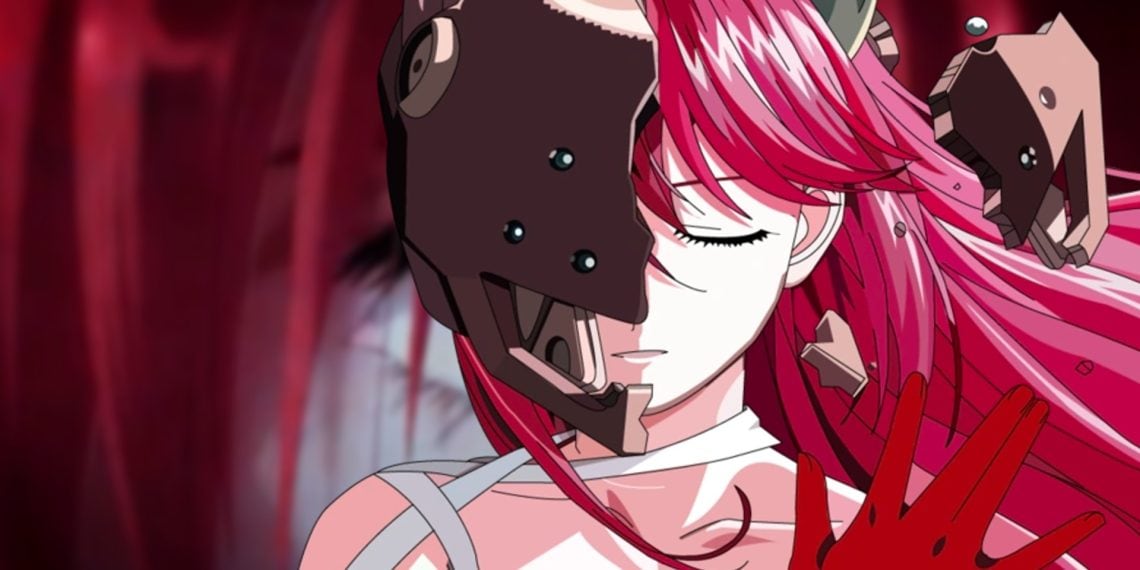The anime Elfen Lied has a unique legacy in the anime world because of when it came out and how it fit into anime culture at the time. It was released in the late 2000s, which was a transitional period for anime.
Some of the most popular long-running anime series like Naruto were still ongoing, but a new wave of adult anime fans was emerging.
In a way, Elfen Lied spoke to those fans who were becoming adults and grappling with more mature themes.
However, Elfen Lied has also stirred up controversy over the years. Its legacy is still debated today.

While it was hugely popular when it first came out in the late 2000s, perceptions of the series have changed more recently and it has become more divisive.
Some of the controversies surrounding the anime have led people to view it much more critically now than when it first debuted.
So what was once one of the biggest anime hits of its time is now seen as a more questionable production by many anime fans and critics.
Elfen Lied, Controversy, Violence, and Critical Reception
The 2004 anime Elfen Lied was produced by Studio Arms and spanned 13 episodes. It was an adaptation of Lynn Okamoto’s manga series of the same name, which was published from 2002 to 2005.
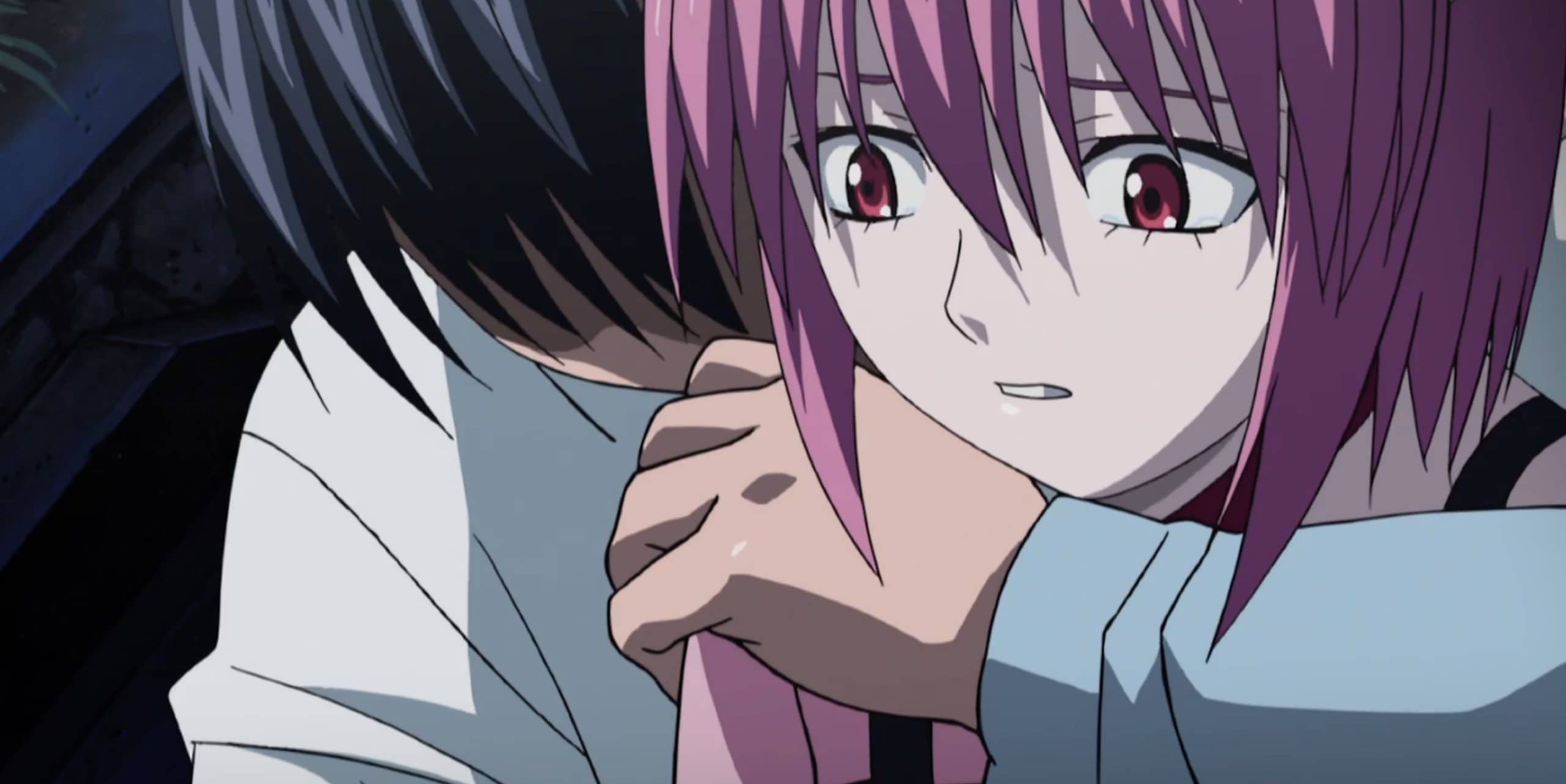
The show follows the character Lucy, who was subjected to experiments by scientists that gave her special abilities, including invisible arms that can dismember people.
After killing several scientists, she escapes the facility. Lucy has a split personality disorder that gives her a second, childlike persona that befriends two college students.

Elfen Lied mixed dark fantasy and sci-fi elements against the backdrop of Lucy’s fractured mind and traumatic past. However, the anime sparked controversy and divided audiences due to its extremely graphic depictions of violence and gore.
The explicit, visceral scenes of blood and brutality were deemed excessive by many viewers.

So while the anime developed a strong following when it debuted in the mid-2000s, its legacy remains contentious as people continue to debate its violent visual approach.
This has led Elfen Lied to have a more divisive reputation compared to other notable anime from the era.
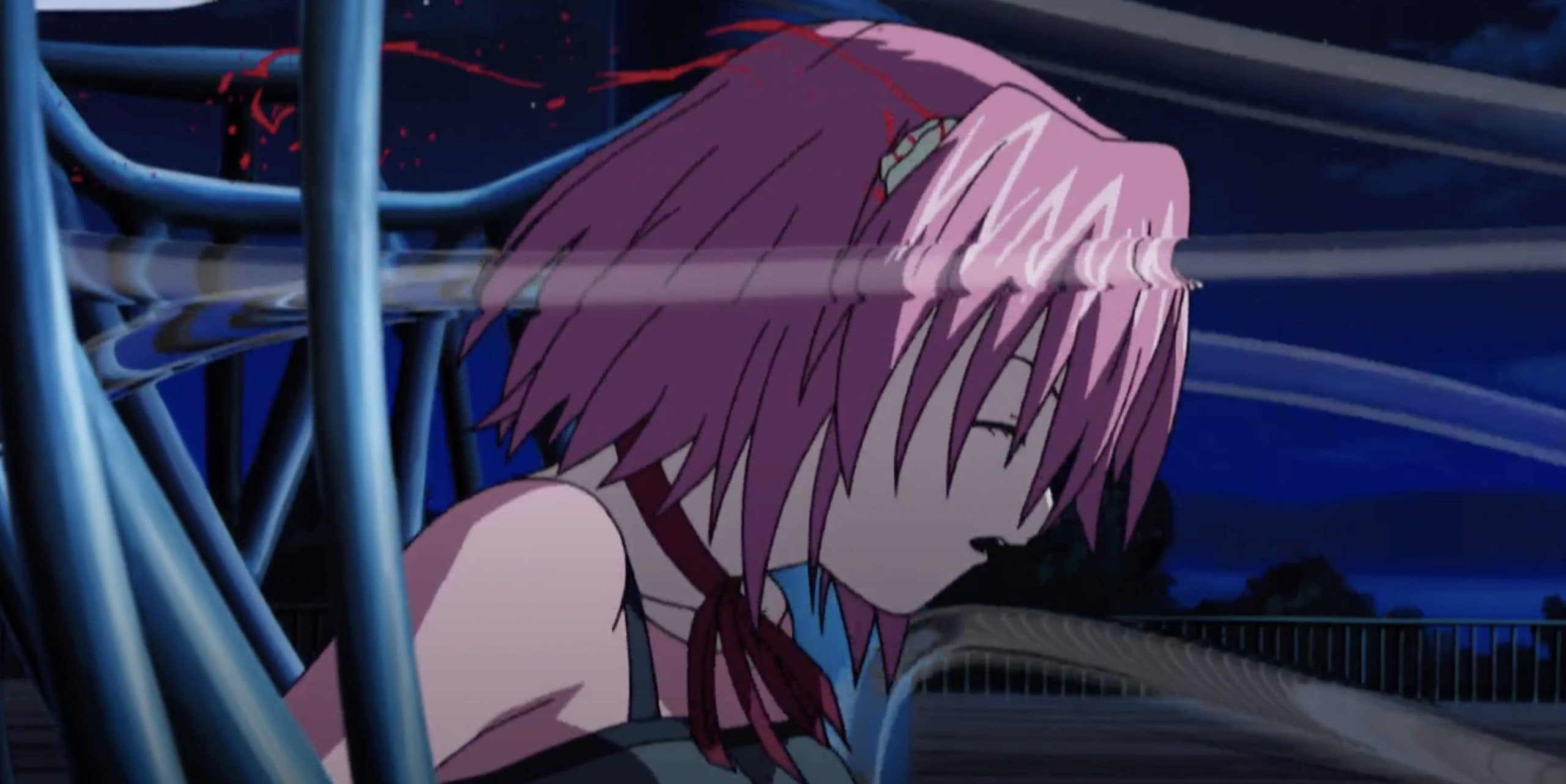
In addition to the controversy over violence, Elfen Lied has received criticism that it employs grimness and brutality gratuitously rather than using it to serve the story.
This complaint applies more to the anime adaptation than the original manga.
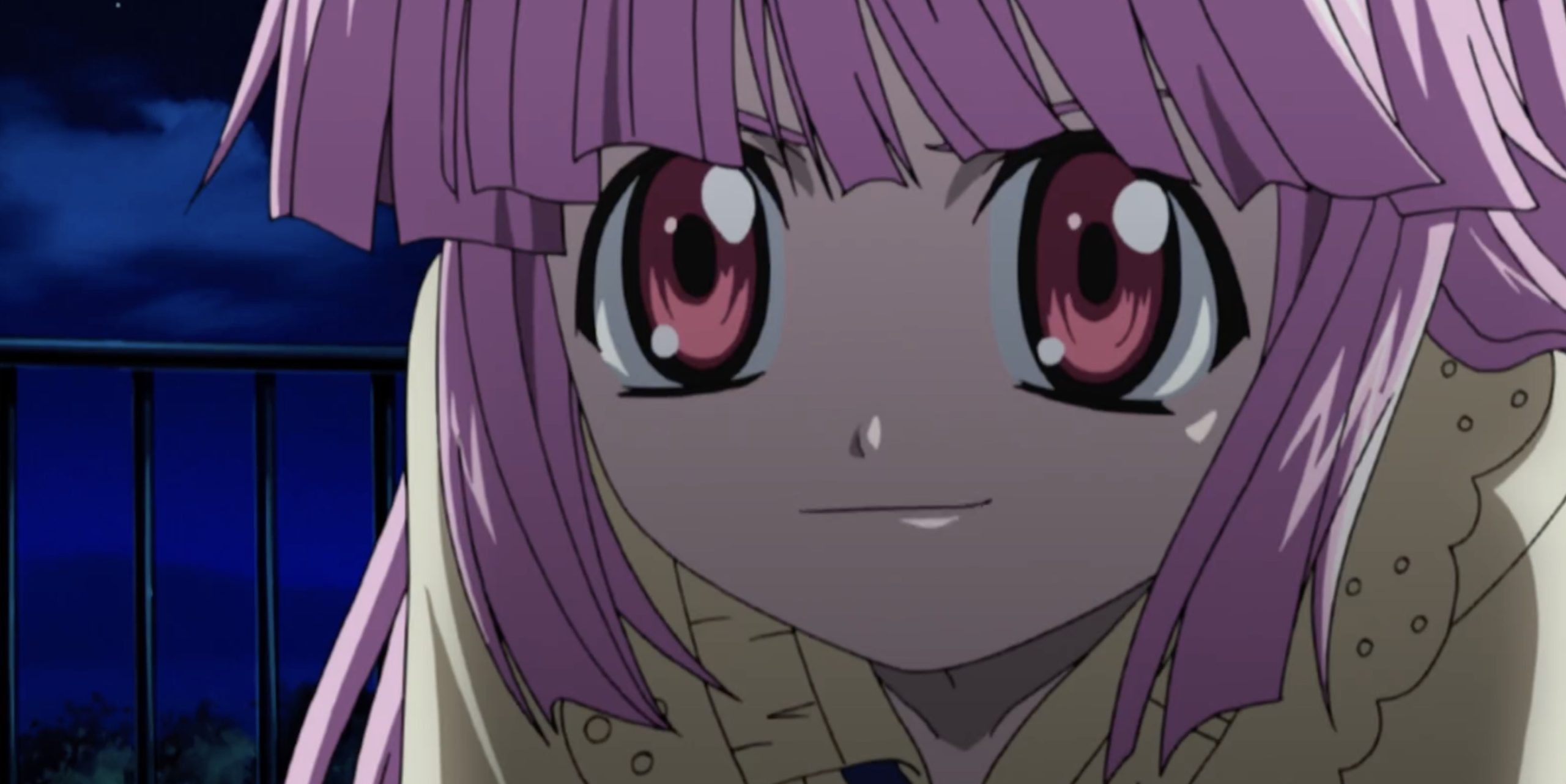
To some modern viewers, aspects of Elfen Lied exemplify the awkward transitional state that the anime industry was undergoing in the late 2000s.
Certain themes and visual approaches that were once cutting-edge now feel dated or even exploitative to today’s fans.
Exploring Depths Amidst Controversy In Elfen Lied
While often criticized for its graphic violence and shock value, Elfen Lied does contain a thoughtful exploration of complex themes like personal identity and trauma.
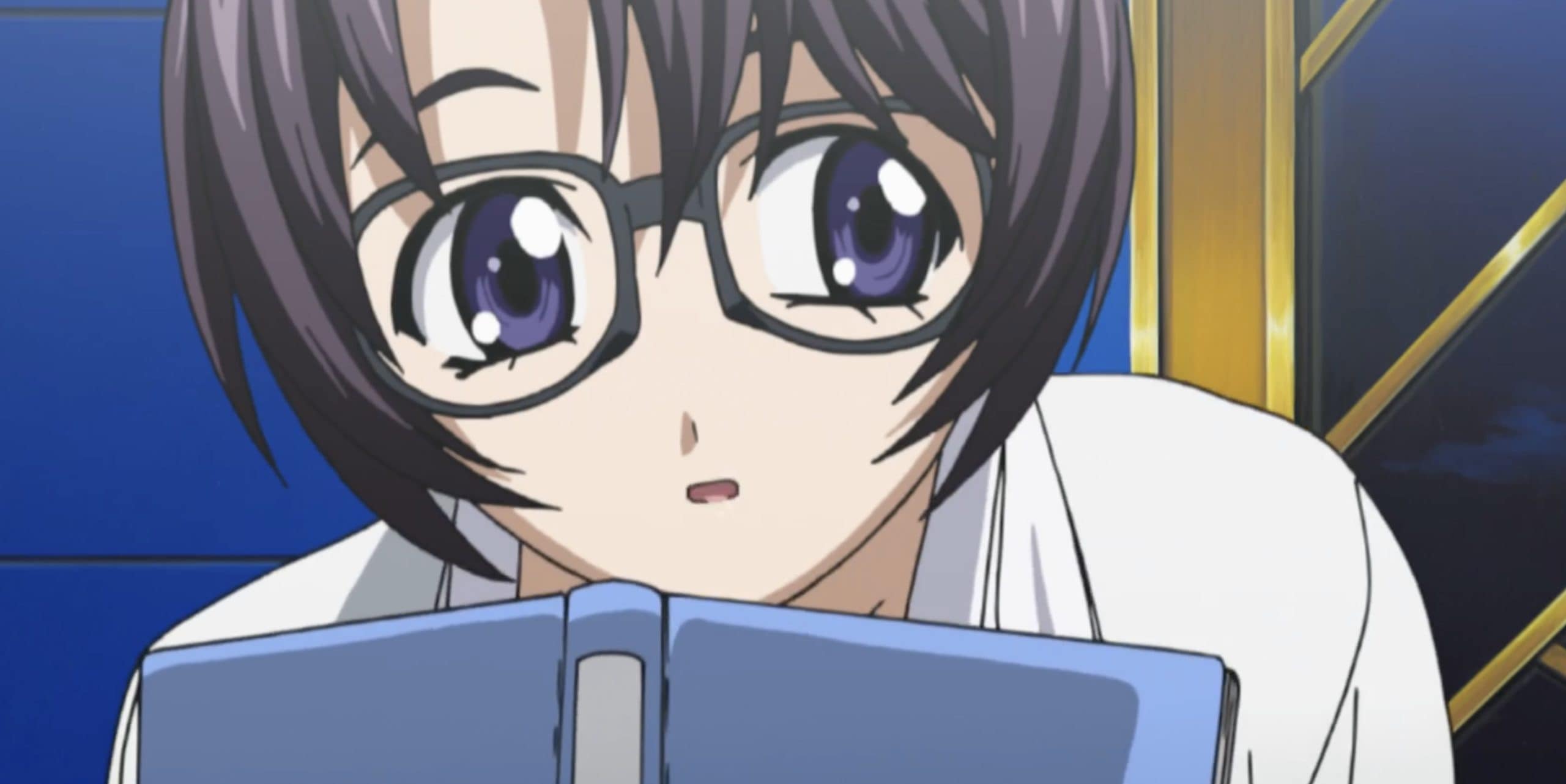
This depth comes across primarily through the main character Lucy and her tragic backstory. The experiments Lucy endured left her struggling profoundly with her sense of self and unable to healthily process her trauma, manifesting as violent rage.
Yet the relationships Lucy forms with characters like Kouta and Yuka are vital to her character development. Through their kindness, she discovers that reconciliation with one’s inner demons is possible.
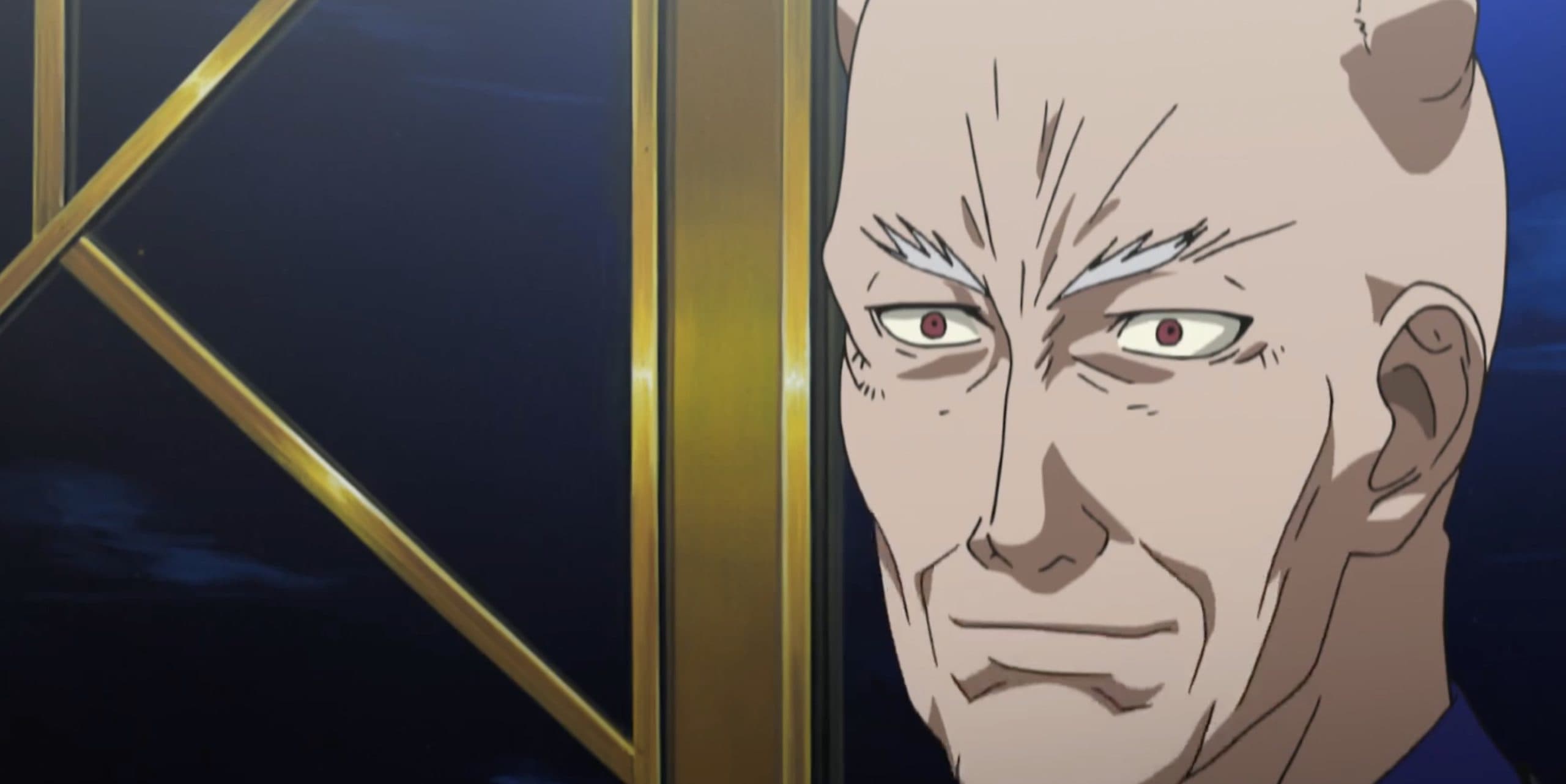
By the story’s end, Lucy makes peace with the multifaceted nature of her fractured mind. She embodies the message that healing from suffering involves accepting all pieces of oneself – light and shadow alike.
So alongside its sensationalism, Elfen Lied harbors insight into the formative role trauma plays in personal identity. Lucy remains scarred by her past but also finds a healthier way forward through her found family. Her evolution conveys a shred of hope amidst the anime’s pervasive despair.
More About Elfen Lied
Elfen Lied is set in the Japanese coastal cities of Kamakura and Kanagawa. Central to the story is the emergence of the Diclonius – a humanoid species distinguished by horn-like growths on their heads and invisible telekinetic hands called vectors.

One Diclonius, the main character Lucy, is being held captive in a research facility offshore from Kamakura where scientists are conducting inhumane experiments on her kind.
After breaking free and causing violent mayhem, Lucy sustains an injury resulting in a dissociative, childlike alternate personality named Nyu.
Lucy in her amnesic Nyu state is discovered on the beach by university students Kouta and Yuka, who take pity on her and give her shelter in their home.

Yet danger persists as a Special Assault Team conducts ruthless attempts to hunt down and re-capture the unpredictable Lucy.
Throughout the series, the two cousins find themselves caught in the crossfire of these relentless efforts and Lucy/Nyu’s violent encounters with other Diclonius who oscillate erratically between innocent and murderous behavior.

